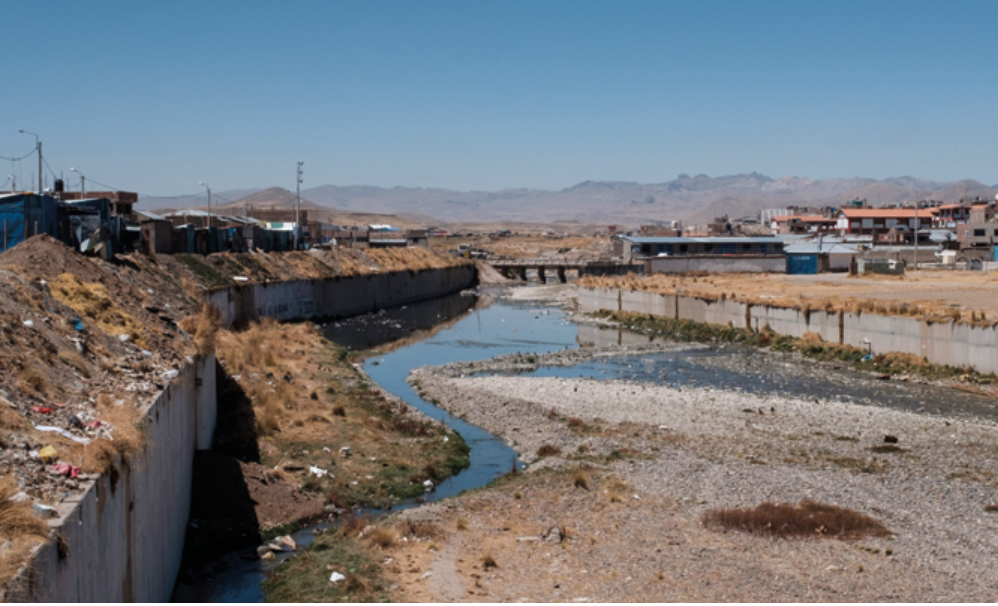
The operations of Glencore Peru in the mining unit Antapaccay would not be fully complying with international environmental, social and rights standards of indigenous peoples in thorn (Cusco), warns a report carried out jointly by CooperAcción and Oxfam.
The study indicates that six environmental assessment reports produced by the Environmental Assessment and Enforcement Agency (OEFA) between 2022 and 202322 link the Espinar contamination to the Antapaccay operations.
Two OEFA reports on air quality show that The contamination parameters exceeded the environmental quality standards on numerous occasions (ECA), due to “the emissions of particulate matter PM10 coming from the activities carried out by the Antapaccay auditable unit”, highlights the investigation of CooperAcción and Oxfam.
Furthermore, it points out that three reports from said organization conclude that mining effluents failed to comply with the water quality for irrigation and livestock use in six of the points studied (Report No. 00095-2023-OEFA/DEAM-STEC, pp. 16-24) and that “These results differ with CMA26’s commitments to supply quality water for irrigation purposes and to give water to livestock in accordance with what is indicated in the EIA”.
It is also mentioned that three reports highlight andThe discovery of heavy metals in wild species of Andean grass and other plant tissues in areas located around the mine, as well as in reptiles and birds. Likewise, it is indicated that some areas should be considered “unsuitable for grazing”.
Faced with this problem, the Cooperation and Oxfam study recommends that the company rtake urgent actions to address the immediate causes of pollution and its consequences, as well as a comprehensive review of its policies and practices in order to correct this serious situation, and make itself available to what the authorities define in relation to the responsibilities of this contamination and the eventual reparations and compensations that may arise from it.
Lack of transparency in land acquisition
In another aspect, the joint report of CooperAcción and Oxfam highlights that during the land acquisition process for the Coroccohuayco project, Glencore has shown a lack of transparency and contradictions regarding the extent of land needed for the company. According to the report, these practices have prevented the community from carrying out informed negotiations.
“In the MEIA (Modification of Environmental Impact Studies) Coroccohuayco, Antapaccay declared that it needed to acquire land from four communities (Huano Huano, Huini Coroccohuayco, Pacopata and Alto Huarca). However, there has been an important difference between what was officially declared to the State in the MEIA41 and what has really been reported to the communities in the bilateral dialogue process for the acquisition of land, which has been directly verified in the case of Pacopata,” says the study.
Finally, they warn that although the company’s purchase proposal would involve 85% of the community’s territory, the proposal did not consider collective resettlement. “Although the company was asking the community to purchase such an area that practically implies the disappearance of its territory, it was not transparent in explaining this and did not raise, on its own initiative, the need for resettlement or relocation, thus failing to comply with its commitment to due diligence and best practices on human rights and indigenous peoples issues,” they highlight CooperAcción and Oxfam.
Source: Larepublica
Alia is a professional author and journalist, working at 247 news agency. She writes on various topics from economy news to general interest pieces, providing readers with relevant and informative content. With years of experience, she brings a unique perspective and in-depth analysis to her work.











